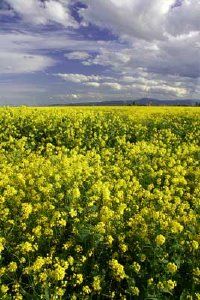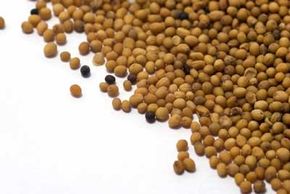Mustard plants are grown both for their pungent seeds and the flavorful and nutrient-rich greens that top the plants. Mustard seed is often ground and mixed with vinegar, water, and other ingredients to produce the popular condiment of the same name. Mustard greens are a staple of Southern cooking in the United States.
Mustard is an annual with a rosette of large light to dark green crinkled leaves that grow up to 3 feet in length.
Advertisement
Common Names: Mustard
Scientific Name: Brassica juncea
Hardiness: Tender (may not survive first frost)
In the next section, you'll learn how to grow mustard.
Want more information about mustard? Try:
- Vegetable Recipes: Find delicious recipes that feature mustard.
- Vegetable Gardens: Grow a full harvest of great vegetables this year.
- Gardening: We answer your questions about all things that come from the garden.
- Mustard Stain Help: Learn how to get mustard stains out of fabric.
Advertisement

